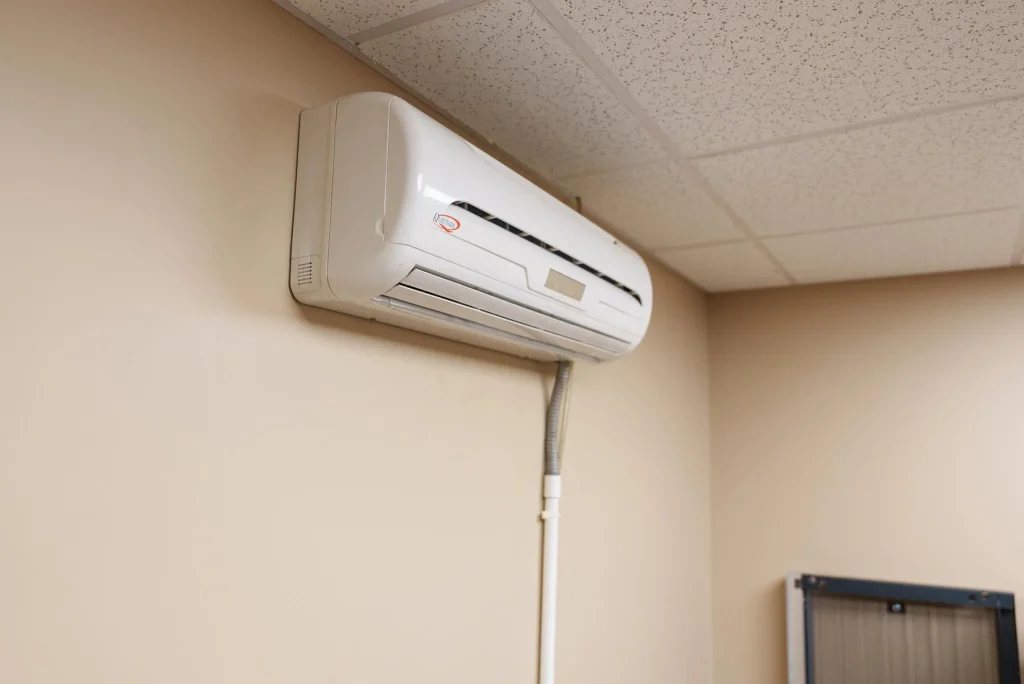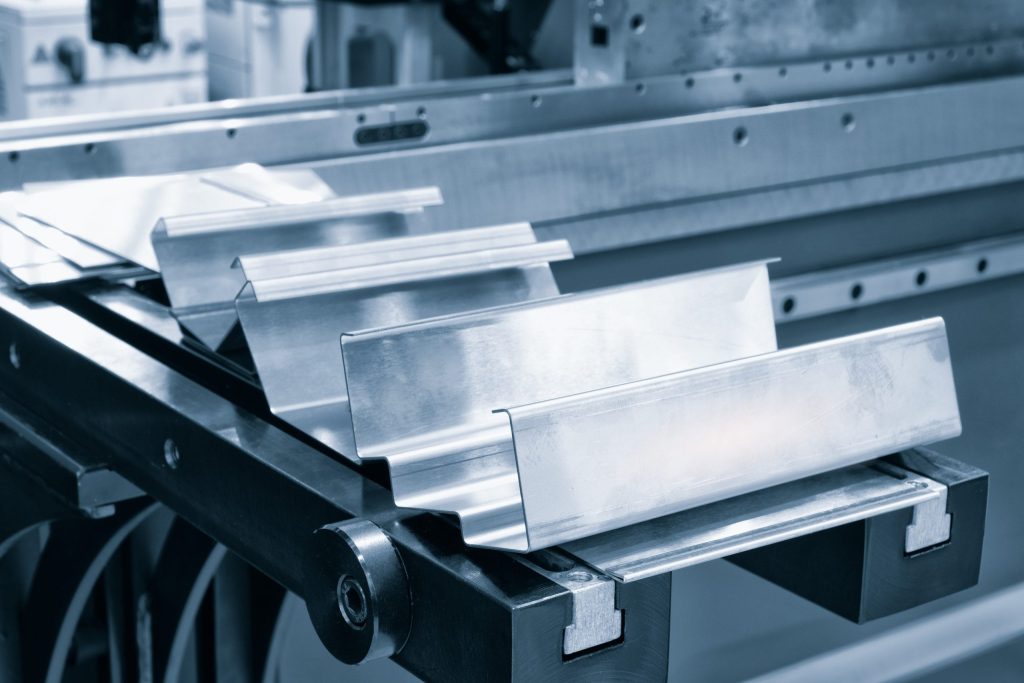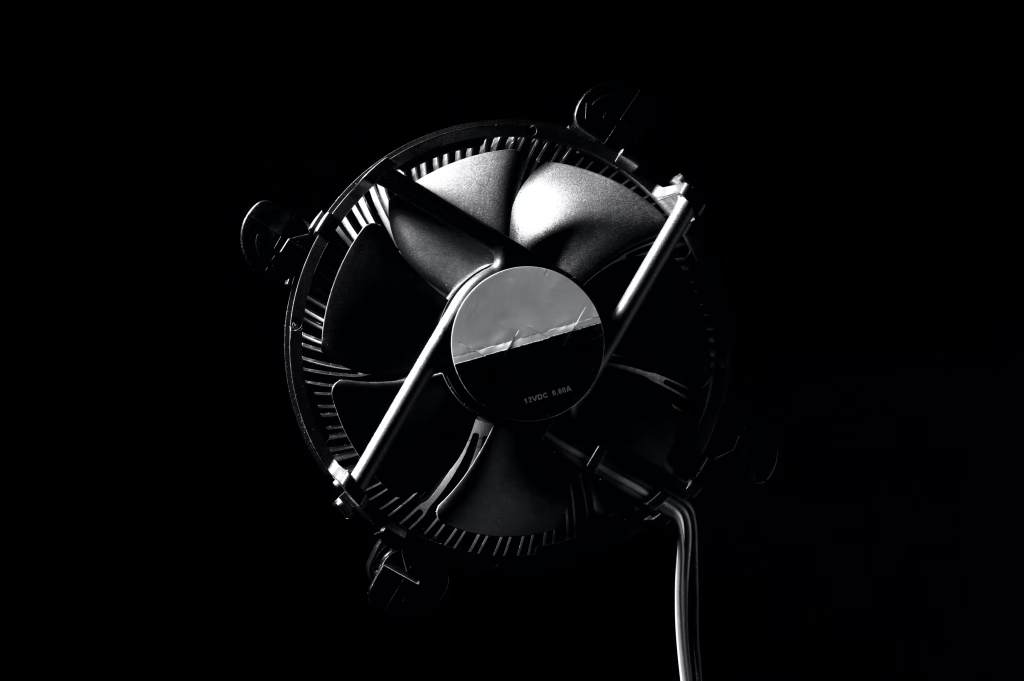In today’s highly competitive industrial landscape, maintaining equipment reliability is crucial for optimal performance and minimizing downtime. Expert industrial maintenance and support services ensure that machinery operates at peak efficiency, safeguarding productivity and reducing costly repairs. By focusing on proactive care and utilizing advanced techniques, companies can extend the lifespan of their equipment while fostering a culture of reliability and safety. Equipment reliability is maintained through expert industrial maintenance and support services, strengthened by safe working methods taught in a Machineveiligheid cursus.
Importance of Equipment Reliability
Reliable equipment is the backbone of any industrial operation. Unplanned downtime, caused by unexpected equipment failure, can result in severe disruptions, loss of revenue, and reduced customer satisfaction. Consistent maintenance services help to:
- Prevent Equipment Failures: Regular inspection and servicing detect potential issues before they escalate into major problems.
- Increase Operational Efficiency: Well-maintained machines work at their optimal capacity, reducing energy waste and improving throughput.
- Extend Equipment Lifespan: Timely maintenance ensures that equipment lasts longer, which means a better return on investment.
- Ensure Safety: Proper upkeep reduces the risk of accidents and hazards caused by faulty equipment.
Types of Expert Industrial Maintenance Services
Industrial maintenance covers a broad spectrum of services, each tailored to keep operations running smoothly. Below are some of the most common services offered by expert maintenance teams?
- Preventive Maintenance: Scheduled maintenance procedures that help avoid unexpected breakdowns by addressing wear and tear before it causes major issues.
- Corrective Maintenance: Reactive maintenance that addresses equipment failures and restores machinery to operational status as quickly as possible.
- Predictive Maintenance: Uses advanced sensors and monitoring tools to predict potential failures based on data trends, enabling technicians to take action before a failure occurs.
- Condition-Based Monitoring: Regular assessment of machinery condition to detect deviations that may signal the need for repairs or upgrades.
Benefits of Expert Industrial Maintenance
Investing in professional maintenance services offers numerous advantages, including:
- Maximized Uptime: Expert maintenance teams focus on reducing downtime by identifying and resolving issues before they affect production schedules.
- Cost-Effective Operations: While maintenance services come at a cost, the long-term savings from avoiding major repairs and extending equipment life far outweigh the initial investment.
- Enhanced Performance: Regular maintenance ensures that machines run at their best, improving product quality and overall performance.
- Compliance with Industry Standards: Expert service providers stay updated with industry standards and regulations, ensuring that your equipment meets the required safety and performance criteria.
Conclusion
Maintaining equipment reliability is an ongoing process that requires specialized knowledge, timely interventions, and an investment in the right maintenance services. Expert industrial maintenance and support services are essential to minimizing downtime, enhancing productivity, and optimizing the life cycle of industrial equipment. With a proactive approach, businesses can rest assured that their equipment will continue to deliver reliable performance, supporting long-term success and growth.






